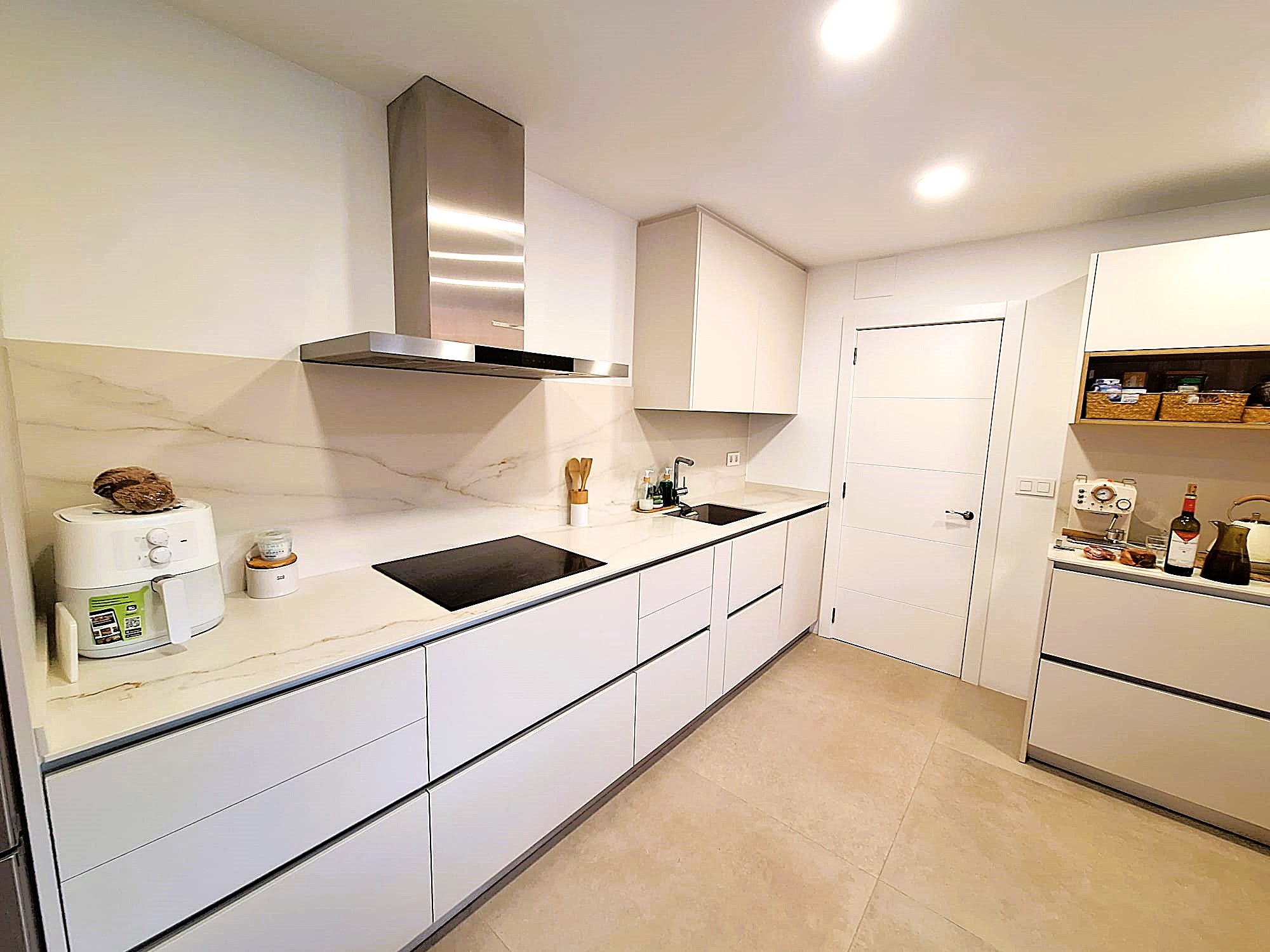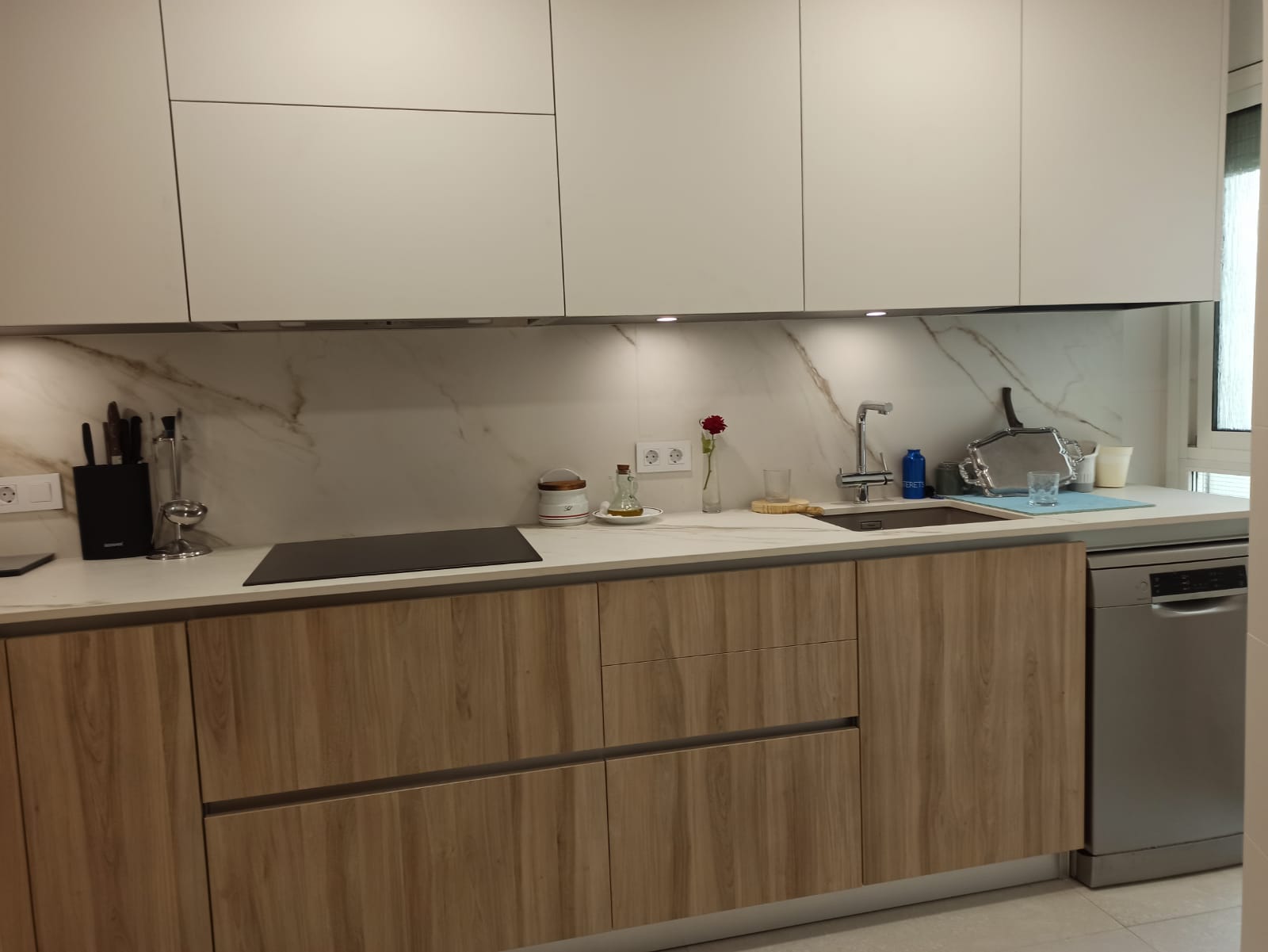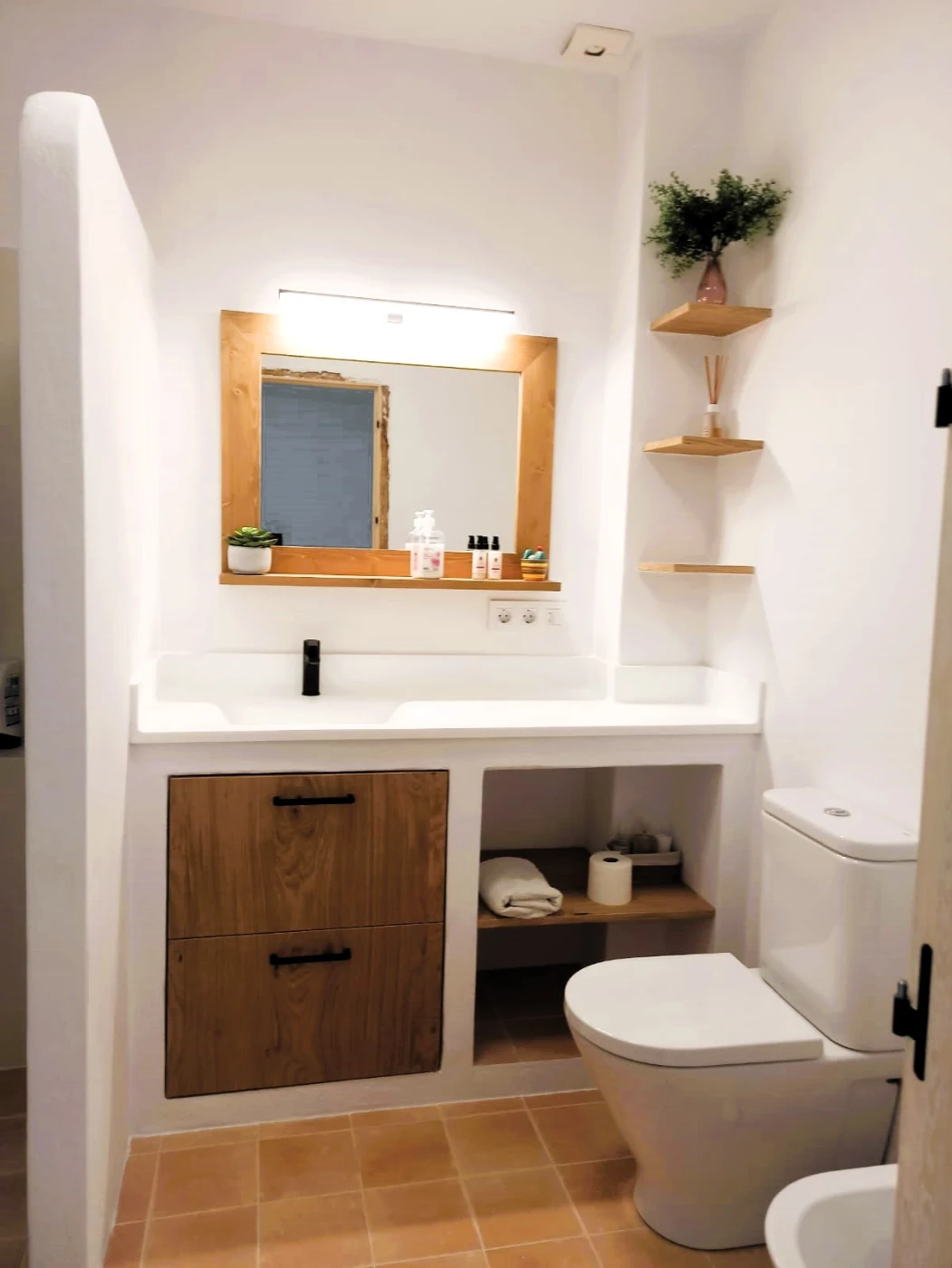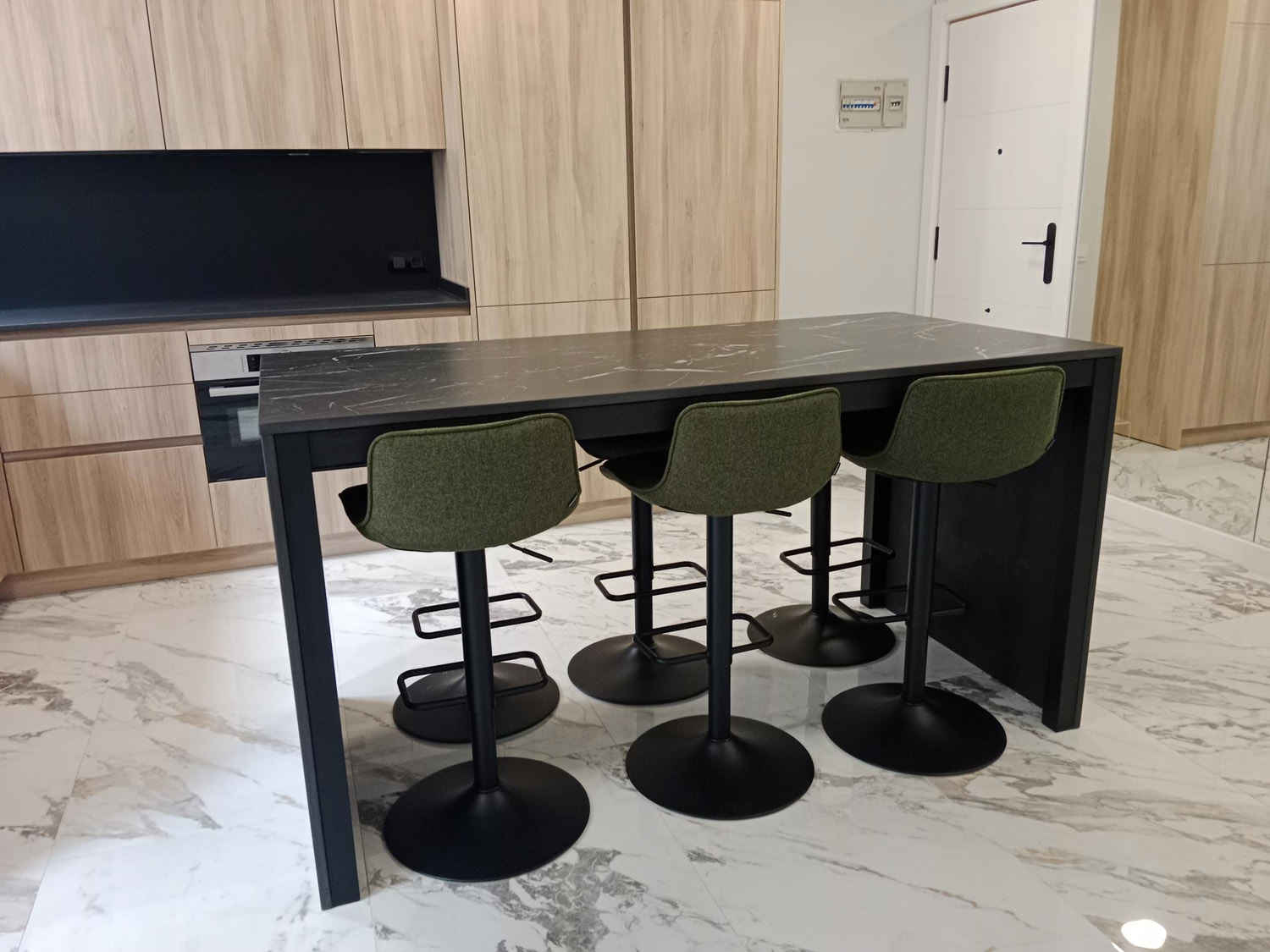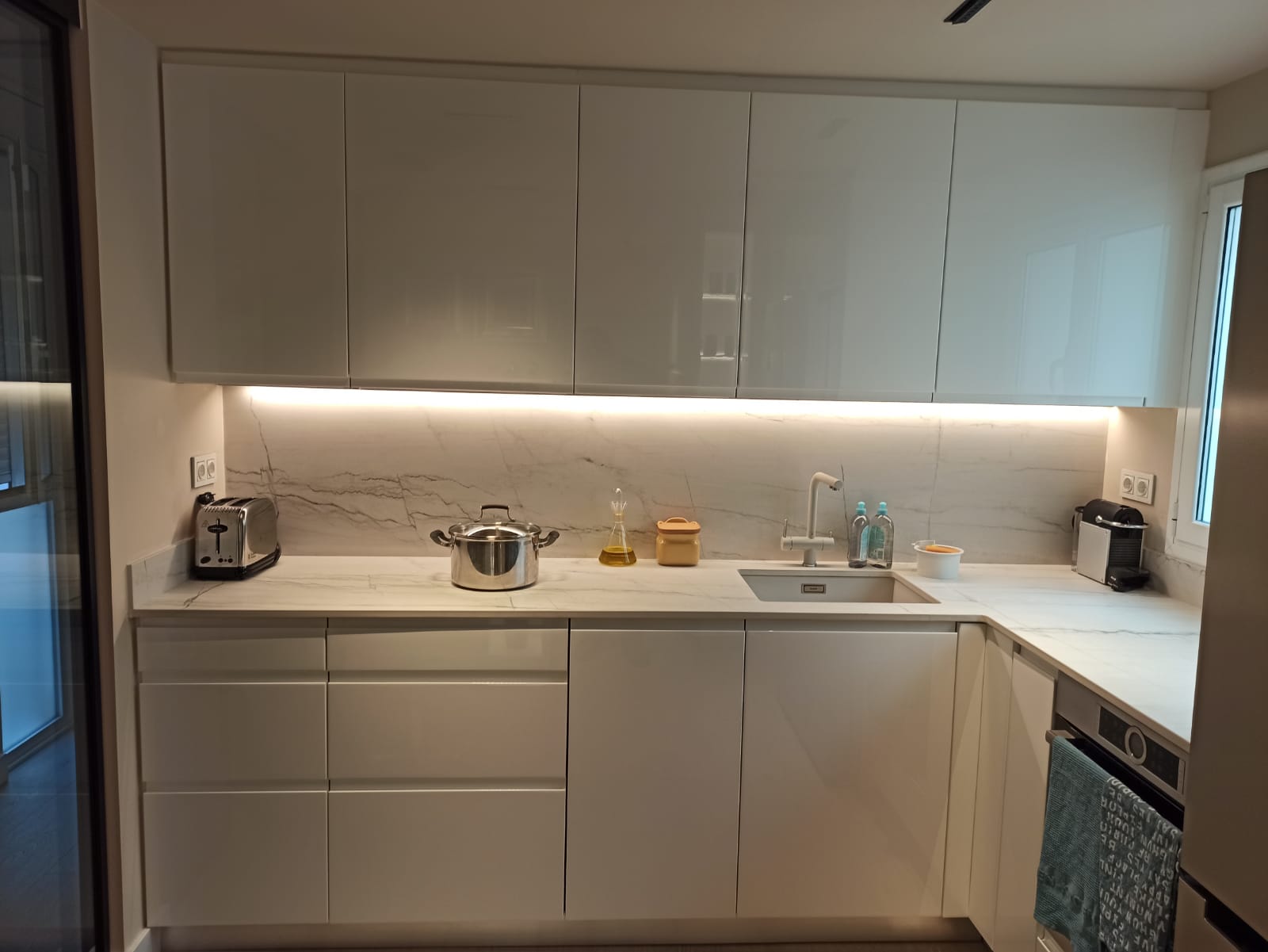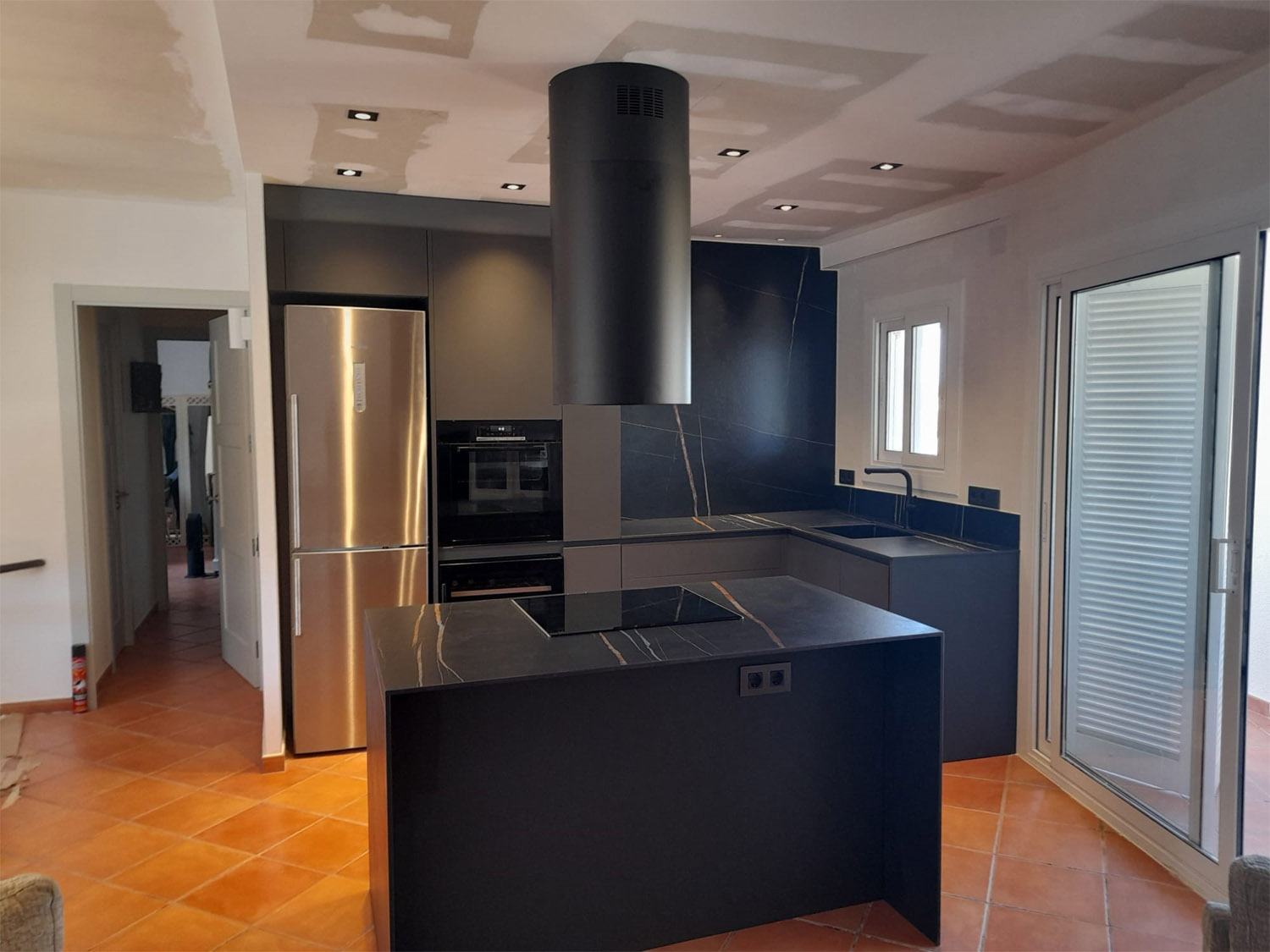The importance of lighting
There are ways to light the home to create ambiance, illuminate tasks or highlight a piece of artwork. Designers call it “layering”. Together, the three layers of light – ambient, working and accent – create an overall effect. Lighting should be combined with other elements of the interior design to create the desired ambience.
Three functions of light
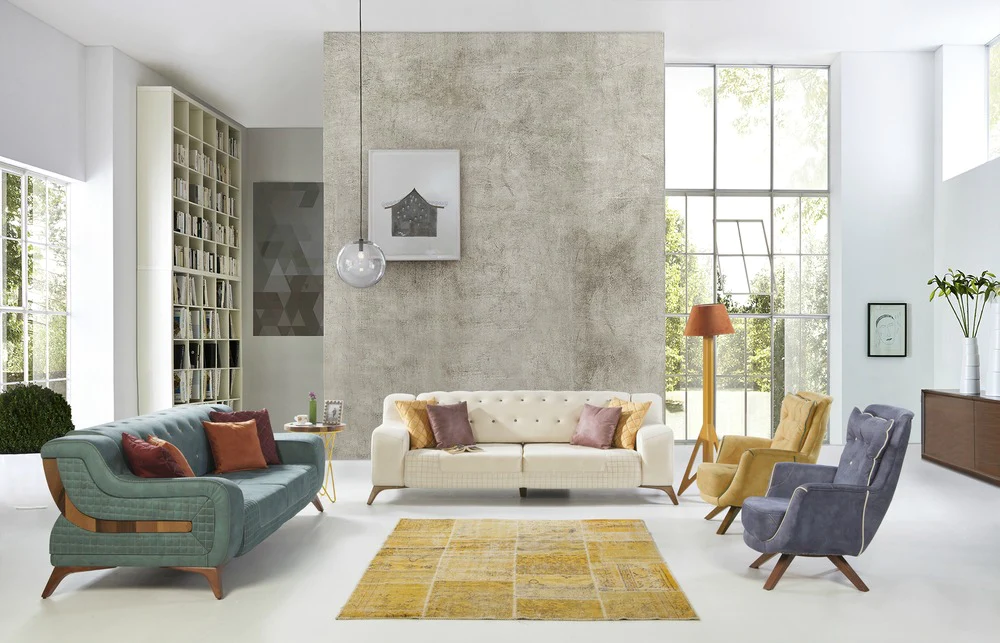
When planning the lighting in a room, think about the activities that take place in the room. Lighting experts recommend making a floor plan that includes the location of windows, doors and furniture. If you need a lamp for a reading nook, a desk or inside a closet, mark the space. When defining the spaces, consider where the shadows will fall. If the kitchen light is directly over the workspace, its shadow will fall on the workspace. In the bathroom, lights on both sides of the mirror illuminate evenly. A light placed above the mirror can cast shadows.
Experts also recommend taking into account the scale of the room and the furniture in it. A suspended lamp that is too small will be uncomfortable. A table lamp that is too large will overload the space. In the case of large rooms, several luminaires can balance the light. Several simply designed lamps can make a strong design statement without overwhelming the space.
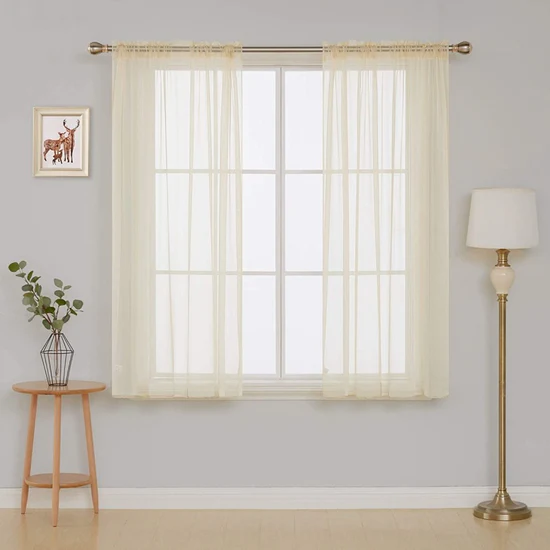
Ambient light
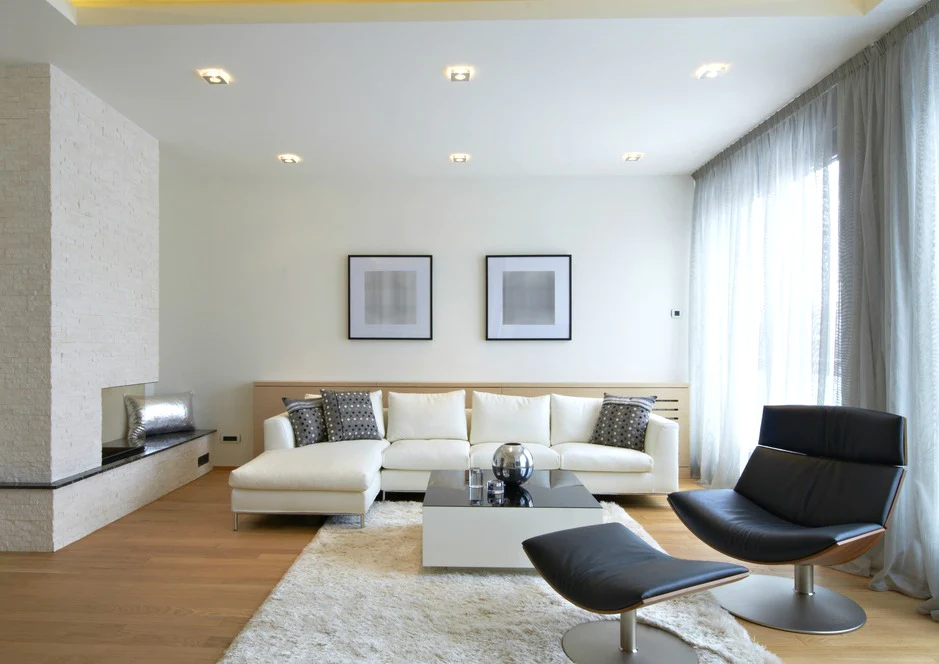
Natural light entering through windows can be modulated with window treatments. Layers of curtains can soften the intensity of sunlight. Blinds and curtains can be adjusted to direct light. Dimmers can be used to modulate artificial light. While you may want bright light for some situations, you probably won’t want a brightly lit dining room for a cozy dinner.
When installing artificial ambient lights, be sure to consider the tone of the light. Fluorescent lights come in color shades ranging from warm white to bright white. Fluorescent lights can project a yellowish, blue or pinkish hue depending on the bulb. Skin tones, walls and other objects may not appear true to the natural color.
Task lighting Task lighting serves as the main light for a room and focuses the light on activities. Experts suggest that work lighting should be six to ten times brighter than ambient light. There are many types of fixtures suitable for task lighting, such as table lamps, desk lamps, under-counter lights, vanity lights and floor lights. Some ceiling lights, such as track and pendant lights, can also be used as task lighting.
Task lighting offers the opportunity to coordinate fixtures with your design scheme. Table lamps can pick up patterns or colors used in window curtains, bedding or accessories, such as cushions, upholstery or tablecloths. Lamps are available in materials such as glass, ceramic, wood and pottery, which add texture and depth. The shades create a diffused light that softens the illumination. Top track lighting blends well with minimalist, modern and industrial decor styles.
Accent lighting
Accent lighting adds drama and creativity to a room. The accent light should be three to five times brighter than the ambient light. It can be used to highlight attractive elements such as works of art, architectural details and special objects. Lighting around the perimeter of a ceiling of architectural interest highlights the feature and adds elegance. A light at the top of a staircase can accentuate the decorating style, carrying the theme from one level of the house to the next. Recessed lighting in the shelves creates a focal point.
Lane lights, spotlights and floodlights are commonly used as accent lights. Table lamps can also serve as accent lighting, focusing the eye on an area or furniture arrangement. Wall sconces are a popular type of accent lighting. Install them on both sides of a mirror to achieve symmetry. The mirror accentuates and reflects the light.
As with all interior renovations, have a plan for your ideas. Lighting adds interest and drama to your interior, intensifying and highlighting the effect and mood you want to create. Illuminate your rooms using all three layers of lighting together. Softens the atmosphere using only one light source.
While there are trends in interior design, remember that you have to live in the space you create. Some elements, such as floor and window coverings, are easy to change seasonally or when your tastes change. Modifying the lighting is also a good way to freshen up an interior. Recovering lampshades or painting a floor lamp can change the look of a room. Let your imagination run wild to find ideas that transform your living space from boring to amazing. It can be as simple as flipping a switch.

